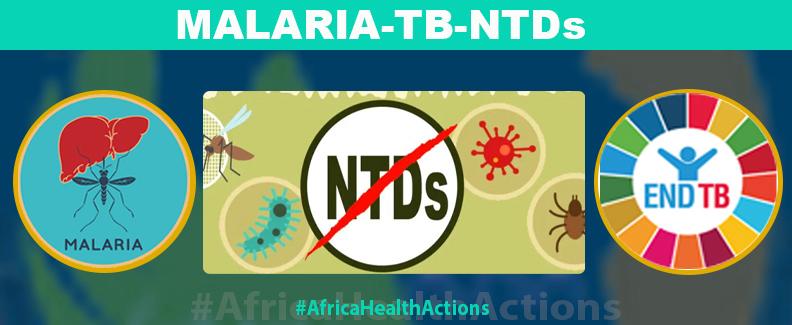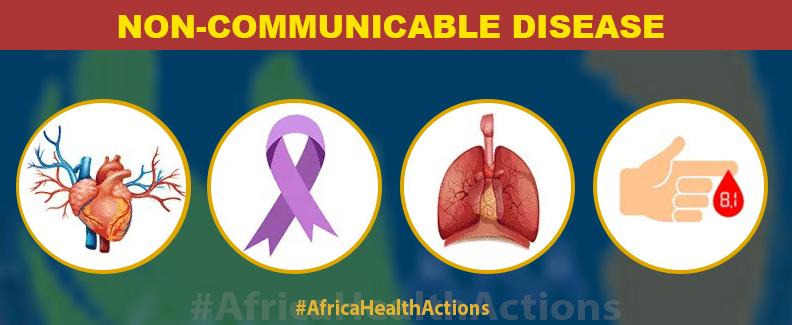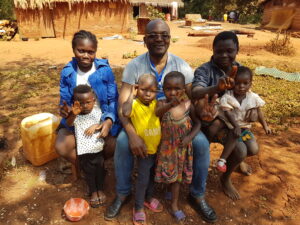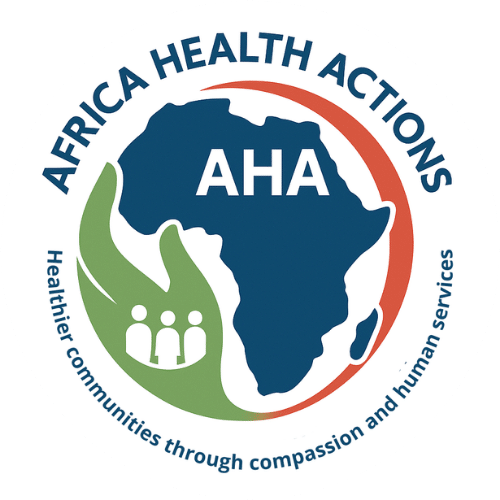Gambia, situated on the Atlantic coast and surrounded by Senegal, stands as Africa’s smallest non-island country. With an estimated population of 2,910,000 in 2023, it is also one of the most densely populated nations on the continent. Gambia’s per capita income is $1,650, and it exhibits a unique geographical and cultural landscape, with the capital, Banjul, located on St. Mary’s Island.
Maternal, Newborn & Child Health (MNCH)
Maternal health in Gambia encounters challenges, as evidenced by a maternal mortality ratio. The MICS 2018 survey reveals under-five mortality at 57 per 1,000 live births, infant mortality at 41 per 1,000 live births, and neonatal mortality at 31 per 1,000 live births. While mortality rates show a decline, there’s a slight increase in neonatal mortality, emphasizing the need for improved maternal healthcare services and skilled birth attendance to ensure the well-being of mothers and newborns.


Malaria, Tuberculosis (TB), and Neglected Tropical Diseases (NTDs)
Malaria in Gambia is seasonal, peaking between September and November, posing a significant health threat, especially to children under 5. The TB burden in Gambia, at 149/100,000, compares favorably with some sub-regional countries. However, the TB mortality rate witnessed a slight increase from 24 to 26 per 100,000 population between 2020 and 2021. Neglected Tropical Diseases, including Schistosomiasis and Soil-transmitted Helminthiasis, contribute to health risks, necessitating attention to prevent life-altering morbidity.
Disease Surveillance, Emergency Preparedness, & Outbreak Response
: Gambia grapples with recurrent disease outbreaks, actively engaging in disease surveillance, emergency preparedness, and outbreak response. This commitment underscores the necessity for sustained efforts and resources to minimize the impact of health crises on the population.


Non-communicable Diseases (NCDs)
Non-communicable diseases (NCDs) pose a significant health challenge in The Gambia. The survey shows very high levels of hypertension and concerning levels of obesity, diabetes, and multimorbidity in both men and women. Overall, the data shows a higher prevalence of NCDs in The Gambia in women compared to men.
OUR PROJECTS & PROGRAMMES
Support implementation and scale-up of malaria prevention and control activities:
Train CHWs in Lower River Region South (LRR South), Central River Region South (CRR South), and
Upper River Region South (URR South) to perform rapid diagnostic tests and administer appropriate antimalarial medications, distribute long-lasting insecticide-treated bed nets (LLINs)
Enhance diagnostics, case management, surveillance, and monitoring and evaluation of malaria-related activities.
Monitoring and Evaluation:
Establish clear and comprehensive metrics to monitor the progress and impact of health initiatives. Regularly assess the effectiveness of community interventions, ensuring alignment with the specific health needs of the population.





